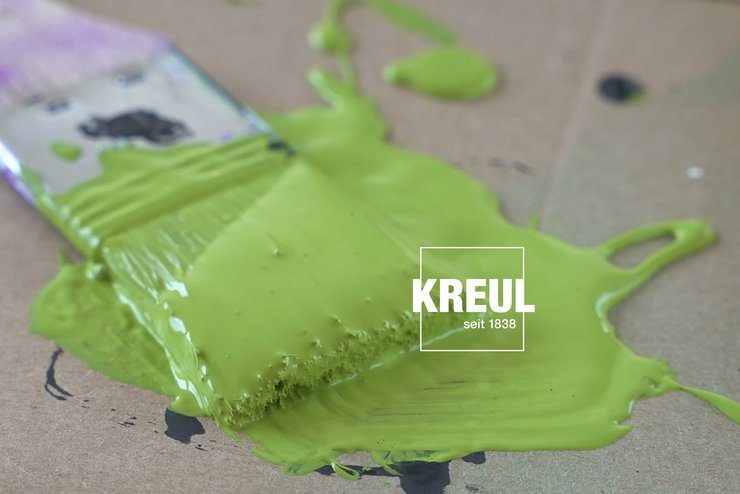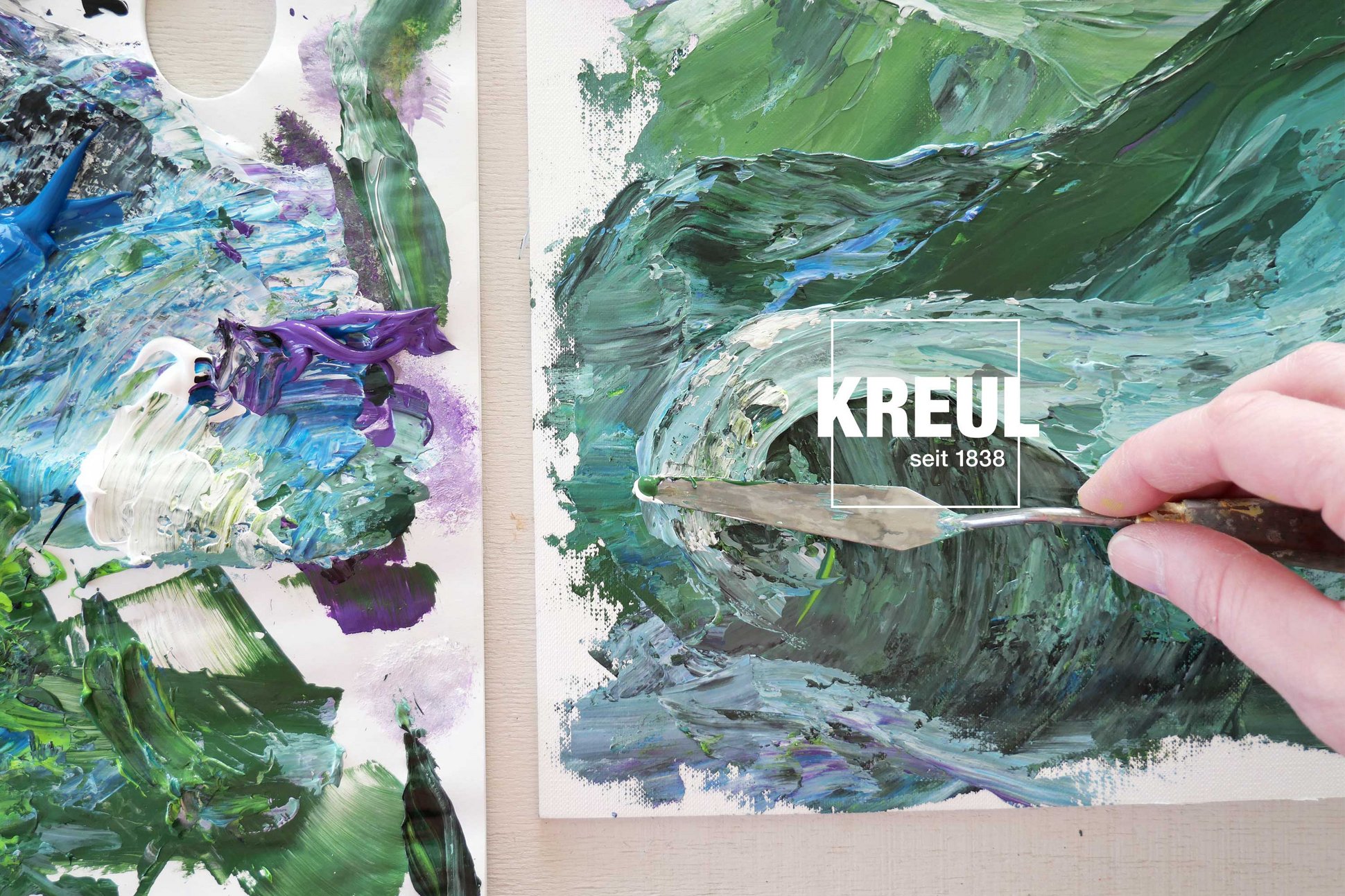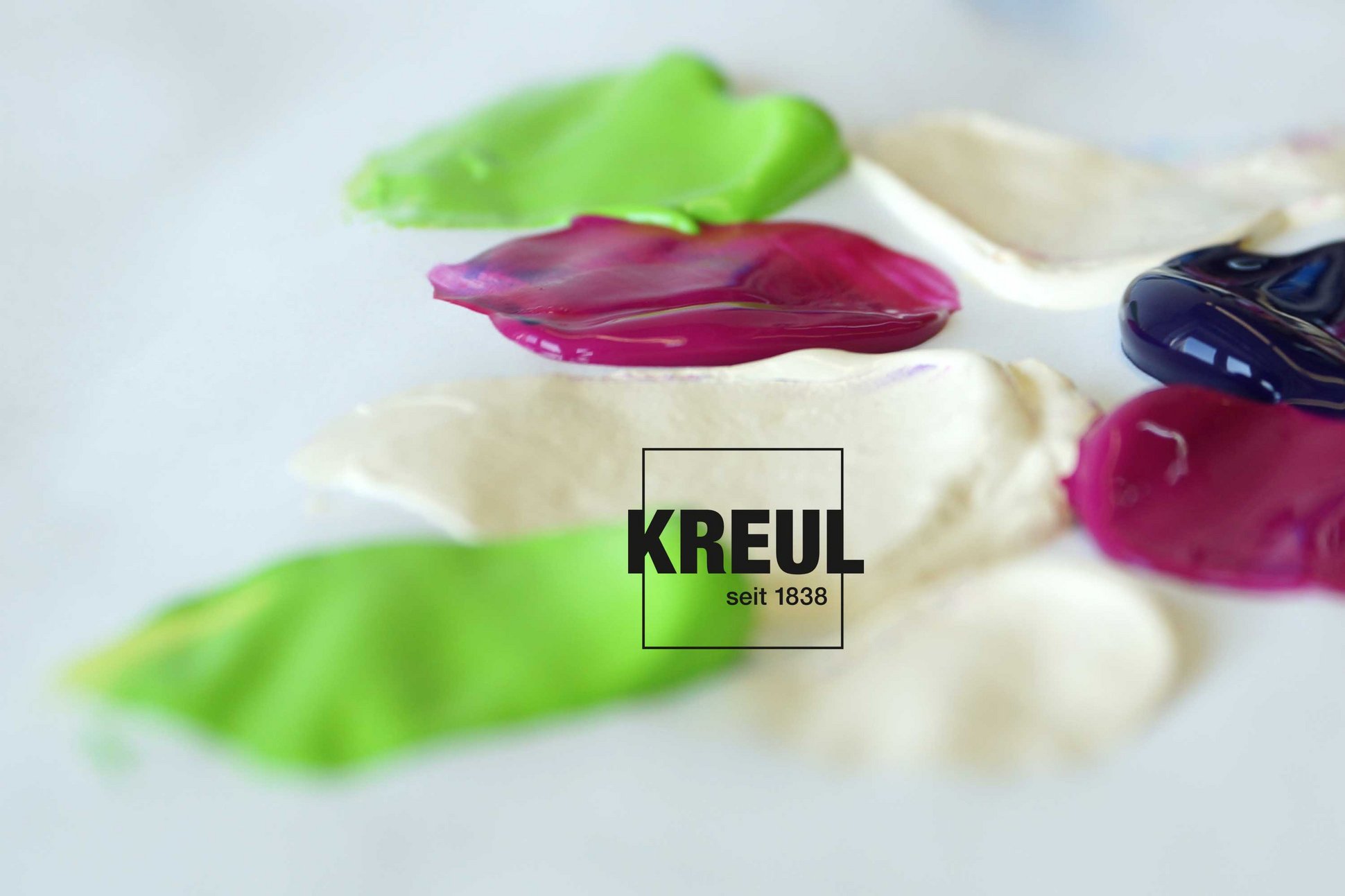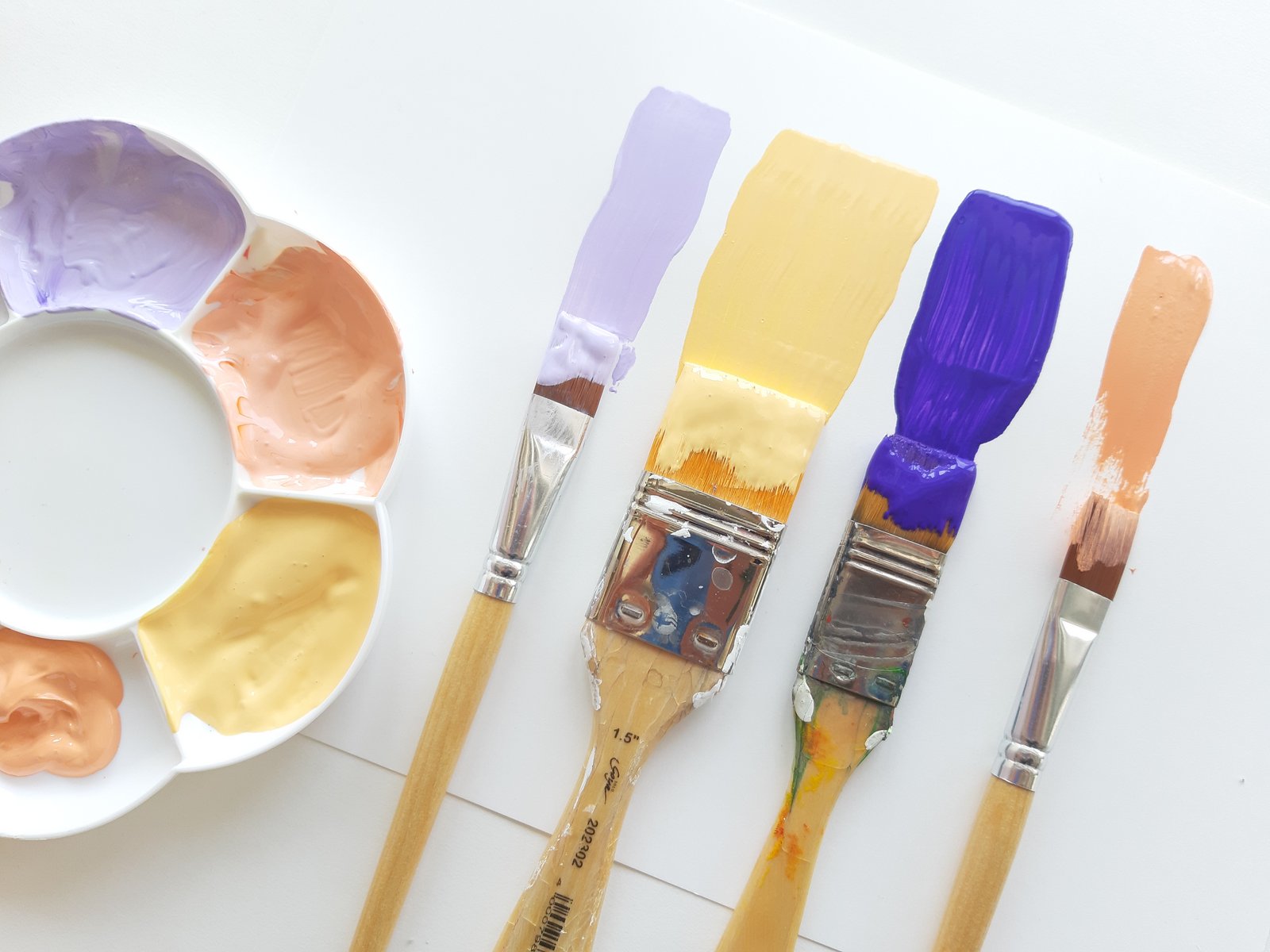
Colour of the Month: Green
03/20/2024 |
Green pigments: Originally so difficult to make – today simply brilliant
Foliage, blossoms, even insects: In nature there are plenty of green pigments. But for a long time, making green pigments for painting was a real challenge. Green colours were mixed from the combination of known yellow and blue pigments. But the result was not always satisfactory. For a pure, lush and radiant green, you need a green pigment. But it was not until 1775 that chemist Carl Wilhelm Scheele succeeded in creating a synthetic green. His emerald green, however, was – like other greens – a mix of copper and poisonous arsenic. Despite that, the green colour was popular for clothes, wallpaper, candles and in art.
Thanks to modern production methods, toxic green pigments are now a thing of a past. Nowadays, industry uses synthetic green pigments like phthalocyanine green or chrome oxide green. These make today’s green colours brilliant shades with excellent mixing properties. And there are processes enabling the recovery of pigments from plants. Like chlorophyl green extracted from leaf cells. Unfortunately, this natural green is not light-fast and not so suitable for painting.

Green colours in painting
In our modern world, you can’t imagine design or advertising without green. But in art history, too, it has always played a prominent role. In the painting "The Hay Harvest" by Pieter Bruegel the Elder (16th century), for example, shades of green dominate from the fields to the trees in this depiction of living nature.
Especially in Impressionist art, green colours played a big part as the artists pursuing this art form often painted outdoors. There artists were surrounded by nature and endeavoured to capture the play of natural light on canvas. One example is Claude Monet’s famous series "The Water Lilies" (1915-1926), which showcases Monet’s talent for capturing light and shade in nature. Here the master used numerous shades of green to represent the water plants and their reflections.

Getting greens to shine
The colour green is part of a painter’s basic kit. Fresh from the tube, the colour is brilliant, but so that it looks wonderful in a picture composition, too, we have put together a few tips here.
Variations on green:
If we look at nature, our eye can see so many shades of green. Depictions of landscapes and flowers are particularly interesting when a mix of warm yellowish greens and cool blue greens is used. A warm green for leaves in the sunshine, for instance, is SOLO GOYA Triton Acrylic Olive Green light. A bluish green for shade, on the other hand, is SOLO GOYA Triton Acrylic Dark Green.
Green next to red:
The complementary colour to green is red. If you use red next to an area of green, the green really pops. Magenta, orange and violet also contrast well with green. Colour accents in SOLO GOYA Acrylic Magenta alongside Yellow Green, for example, create a springlike interplay of colour that is full of intensity.
Alternating bold and soft shades:
Fresh out of the tube, green colours shine brilliantly. But in paintings they can sometimes be too bright. Then it is a good idea to slightly tone down the saturation of the green colour. For a natural green colour, we recommend, for instance, mixing SOLO GOYA Triton Acrylic Yellowish Green with some Brilliant Ochre Light. This gives you a muted, warm olive shade perfect for painting leaves. Varying soft mixed green shades with bold green hues can produce interesting and eyecatching effects.


